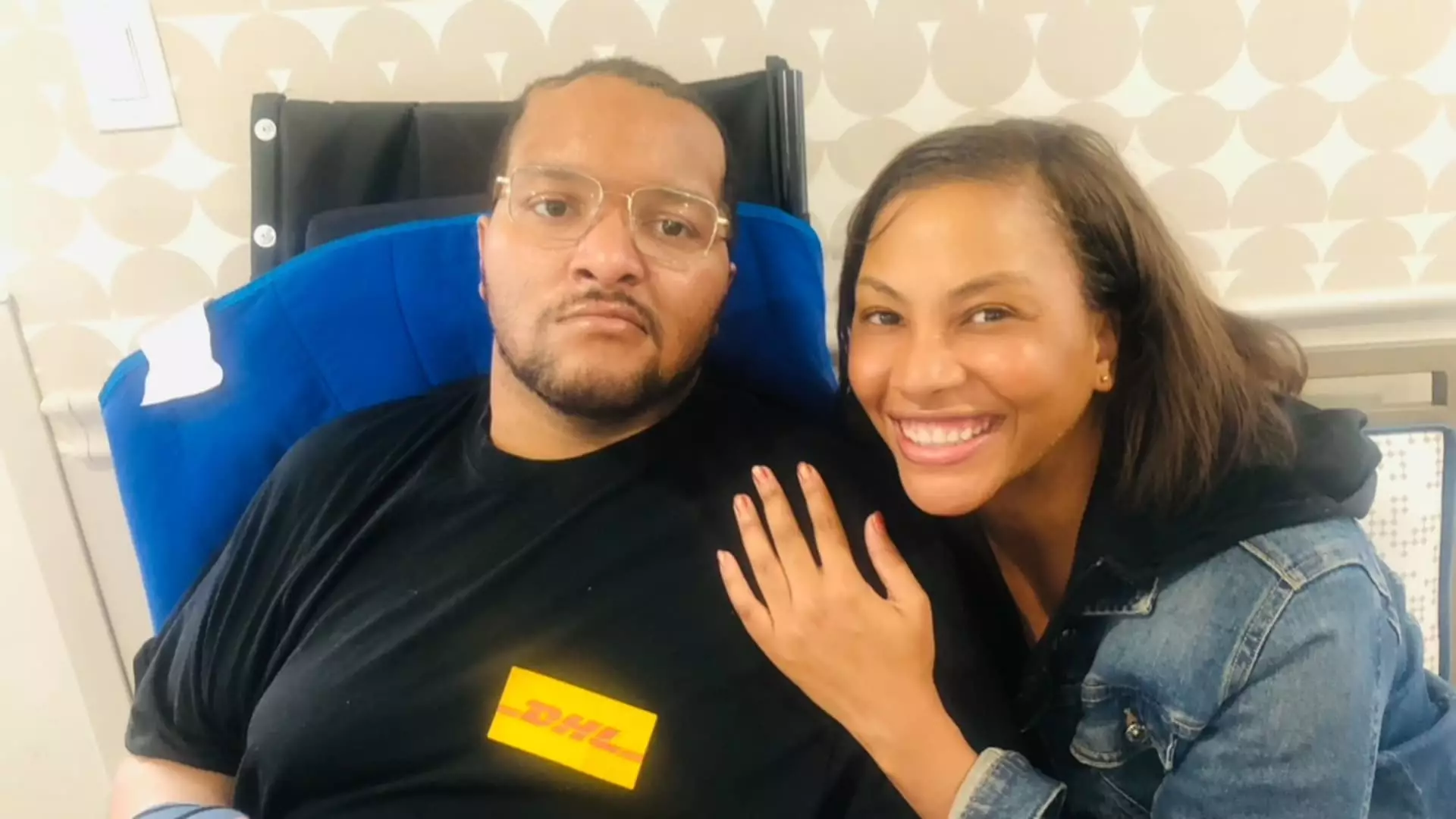In the face of overwhelming personal tragedy, well-meaning legislation emerges as a beacon of hope, yet often falls short of delivering true empowerment. Consider Brandon Dickerson, a man caught in the cruel aftermath of a ruptured brain aneurysm. His journey from vitality to severe impairment underscores a systemic failure to provide comprehensive support. While new legislation touts increased access to savings programs like ABLE accounts as a major step forward, it glosses over the harsh reality that many disabled individuals and their families are still left to navigate a complex patchwork of programs with limited resources.
Despite the rhetoric of inclusion and opportunity, the truth remains that the existing social safety net is fragmented, underfunded, and often inaccessible. The promise of ABLE accounts—to allow individuals with disabilities to save money without risking essential benefits like Medicaid—sounds progressive on paper. But for many families, the existential challenge is not just about savings; it’s about access, affordability, and dignity. The bills and proposals may expand eligibility and tax advantages, but they do little to address the underlying systemic inequity that leaves countless disabled Americans in despair, struggling even to pay for basic care.
The Illusion of Financial Independence
Proponents argue that ABLE accounts serve as a tool for financial independence, giving individuals with disabilities a chance to build a life beyond charity and government aid. “This is a game changer,” claims a financial advisor, implying that access to tax-advantaged savings is a miracle cure. But this narrative oversimplifies the complexity of disability and economic disparity. For many beneficiaries, the very act of saving is a privilege, not a right. Programs like ABLE are conditional on the individual’s prior eligibility for SSDI or SSI, which itself demands a rigid assessment of disability that often dismisses the nuanced realities of everyday struggles.
Moreover, the policy shift to raise the age of eligibility from 26 to 46 may seem inclusive, yet it remains a bandage over a gaping wound. Millions of young adults with disabilities will finally qualify, but this does not guarantee the resources or support systems necessary for true autonomy. Without addressing underlying issues—such as inadequate healthcare, inaccessible housing, and employment discrimination—the expanded eligibility risks becoming yet another checkbox on a bureaucratic list, rewarding compliance rather than genuine independence.
The Cost of Reliance on Tax Incentives
Tax policies are often portrayed as neutral or beneficial, but their true intent reveals a different story. The focus on tax-advantaged accounts like ABLE primarily benefits those with enough disposable income to contribute sizable sums. For low-income families, the attractiveness of these accounts is limited, as many cannot afford to set aside funds in a country where the median household income remains stubbornly low. The idea that adding a tax benefit will inspire savings ignores the stark reality of economic inequality.
Furthermore, the reliance on the gift tax exclusion and contribution limits—set at $19,000 for 2025—embeds a class-based disparity into the very fabric of the policy. Wealthy families can rollover existing 529 plans into ABLE accounts, effectively bypassing the financial hardships faced by less privileged families. Meanwhile, the vast majority of disabled individuals live in environments where even minor expenses for essential services like speech therapy remain out of reach. The law’s design, while seemingly generous, risks perpetuating a cycle where only the relatively affluent gain meaningful access to financial stability.
Legislation or Lip Service?
Legislative achievements such as the “big beautiful bill” are touted as milestones, yet they often serve more as political symbols than as substantive solutions. The increased eligibility and rollover provisions sound promising but fail to confront the systemic barriers that prevent many disabled Americans from leading fulfilling lives. The assumption that tax advantages alone can bridge the gap between poverty and independence disregards the institutional inequalities baked into healthcare, employment, and social services.
In this context, legislation becomes a form of lip service—cloaking the ongoing neglect of disability rights under the guise of economic empowerment. True reform would demand a comprehensive overhaul of social policies, increased funding for healthcare, and measures to ensure accessible housing and employment. Instead, these laws lean heavily on individual responsibility and financial ingenuity, leaving many in the shadows of societal neglect. While ABLE accounts and legislative tweaks are presented as advances, they ultimately mask the ongoing struggle for genuine equality and dignity.
The rhetoric surrounding new policies is often optimistic, but beneath the surface lies a sobering truth: the structural barriers faced by disabled Americans remain largely unaddressed. Legislation like the ABLE account expansion offers opportunity, but it also exposes the deep cracks in our social safety net. For families like the Dickersons, real progress will not come from yet another tax benefit or eligibility expansion, but from a sustained commitment to systemic reform—investment in healthcare, accessible infrastructure, and employment opportunities. Only through such comprehensive change can we hope to turn the promise of equality into a tangible reality rather than a rhetorical illusion.

